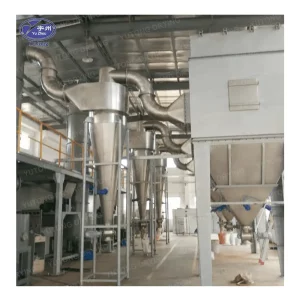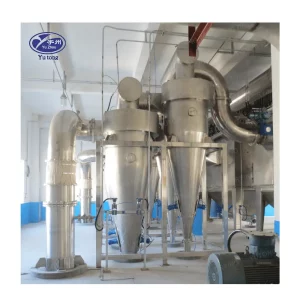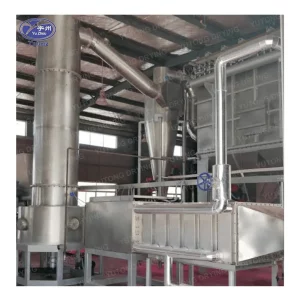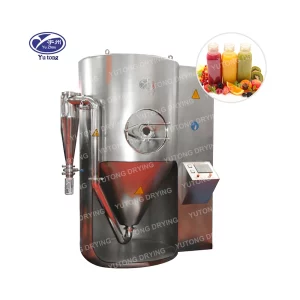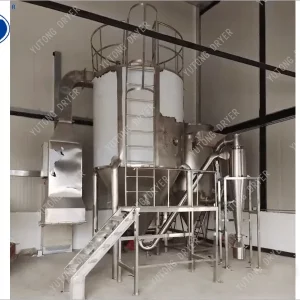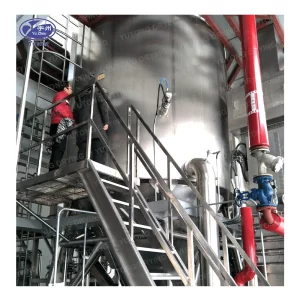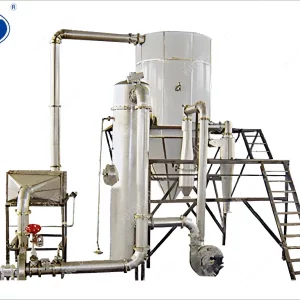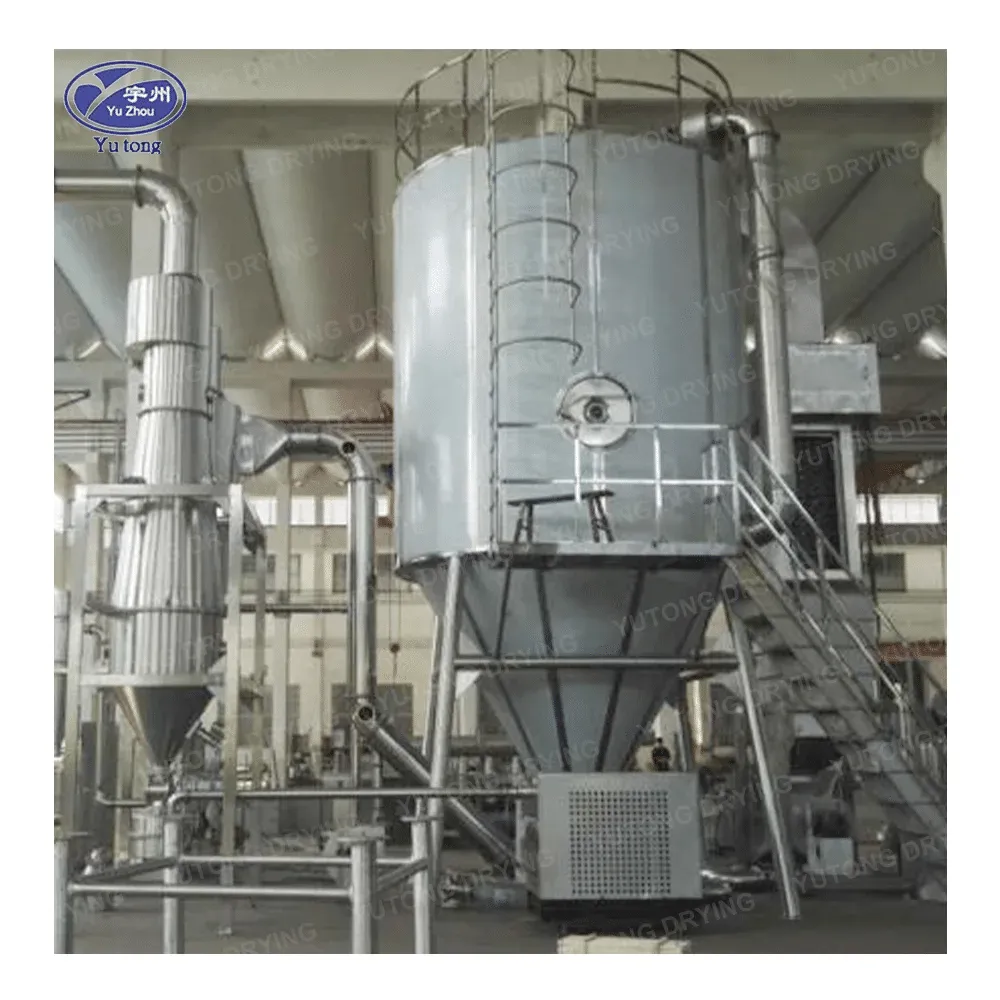In the world of industrial drying processes, flash dryers have emerged as a highly efficient and versatile solution. These specialized machines play a crucial role in various industries, enabling rapid drying of materials while maintaining product quality. In this article, we will take a comprehensive look at flash dryers, exploring their working principle, types, applications, and advantages.
Flash drying is a process that involves the rapid removal of moisture from a material by subjecting it to a high-temperature gas stream. This method is particularly useful for drying materials that are heat-sensitive or have a high moisture content. Flash dryers are designed to handle a wide range of materials, including powders, granules, pastes, and slurries.
Working Principle of Flash Dryers
Flash dryers operate on the principle of convective heat transfer. A hot gas stream, usually air or a combination of air and combustion gases, is passed through a drying chamber where the material to be dried is introduced. The hot gas transfers heat to the material, causing the moisture to evaporate rapidly. The evaporated moisture is carried away by the gas stream, leaving behind a dry product.
The drying process in a flash dryer is very rapid, typically taking only a few seconds to a few minutes. This is due to the high heat transfer rates and the large surface area available for drying. The material is usually dispersed into the gas stream in a fine mist or powder form, which increases the contact area between the material and the gas, further enhancing the drying efficiency.
Types of Flash Dryers
1. Rotary Flash Dryers
Rotary flash dryers consist of a rotating drum or cylinder through which the hot gas and material are passed. The rotation of the drum helps to evenly distribute the material and improve the drying efficiency. Rotary flash dryers are suitable for drying materials that are sticky or have a tendency to form lumps.
2. Spray Flash Dryers
Spray flash dryers use a spray nozzle to atomize the material into a fine mist, which is then dried by the hot gas stream. Spray flash dryers are ideal for drying materials that are easily dispersed and have a relatively low viscosity.
3. Pneumatic Flash Dryers
Pneumatic flash dryers use a high-velocity gas stream to transport the material through a drying chamber. The material is accelerated by the gas stream and is dried as it passes through the chamber. Pneumatic flash dryers are suitable for drying materials that are lightweight and have a high surface area-to-volume ratio.
Applications of Flash Dryers
1. Pharmaceuticals
In the pharmaceutical industry, flash dryers are used for drying active pharmaceutical ingredients (APIs), powders, and granules. The rapid drying process helps to preserve the integrity and potency of the drugs while minimizing the risk of degradation.
2. Food Processing
Flash dryers are widely used in the food processing industry for drying fruits, vegetables, spices, and other food products. The gentle drying process helps to retain the nutritional value and flavor of the food.
3. Chemicals
In the chemical industry, flash dryers are used for drying pigments, resins, and other chemicals. The high drying efficiency and ability to handle heat-sensitive materials make flash dryers an ideal choice for chemical processing.
4. Minerals and Mining
Flash dryers are used for drying minerals, ores, and other mining products. The rapid drying process helps to reduce moisture content and improve the handling and transportation of these materials.
Advantages of Flash Dryers
1. Rapid Drying
Flash dryers offer extremely fast drying times, which can significantly increase production efficiency. The rapid drying process also helps to minimize the risk of product degradation and spoilage.
2. Gentle Drying
The gentle drying process of flash dryers is suitable for heat-sensitive materials. The short drying time and low temperature exposure help to preserve the quality and integrity of the product.
3. Versatility
Flash dryers can handle a wide range of materials, including powders, granules, pastes, and slurries. They can also be used for drying materials with different moisture contents and particle sizes.
4. Energy Efficiency
Flash dryers are designed to be energy-efficient, using high heat transfer rates and low energy consumption. The rapid drying process also reduces the need for long drying times, further saving energy.
5. Compact Design
Flash dryers have a compact design, which makes them suitable for installation in limited spaces. They can also be easily integrated into existing production lines.
Considerations When Choosing a Flash Dryer
1. Material Properties
Consider the properties of the material to be dried, such as moisture content, particle size, viscosity, and heat sensitivity. This will help determine the type of flash dryer that is most suitable for your application.
2. Production Requirements
Evaluate your production requirements, including throughput, drying time, and product quality. Choose a flash dryer that can meet these requirements while minimizing energy consumption and operating costs.
3. Space Constraints
If you have limited space available, consider a compact flash dryer design. Some flash dryers can be installed vertically or horizontally, depending on your space requirements.
4. Maintenance and Cleaning
Consider the ease of maintenance and cleaning of the flash dryer. Look for models with easy-to-access components and simple cleaning procedures to minimize downtime and ensure consistent product quality.
Flash dryers offer a highly efficient and versatile solution for drying a wide range of materials. Their rapid drying times, gentle drying process, and energy efficiency make them an ideal choice for various industries. When choosing a flash dryer, it is important to consider the properties of the material to be dried, production requirements, space constraints, and maintenance needs. By selecting the right flash dryer for your application, you can improve production efficiency, product quality, and overall profitability.

